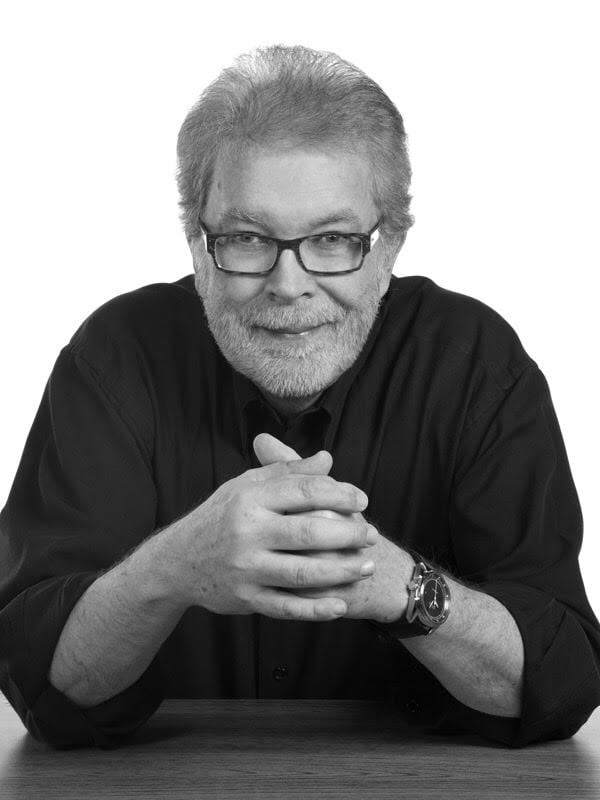Let’s be honest. The “it’s crazy out here” dial can feel stuck in the wide-open position these days.
We operate at the center of a vin diagram composed of:
- Intense unpredictability
Ongoing uncertainty - Extreme complexity
- Continuous change
Credit unions experience this through:
- Economic health challenges
- Cybersecurity risks
- Decreased consumer confidence
- Liquidity risks
- Regulatory changes
- Evolving member expectations
The overall state of the workplace only makes things more difficult:
- Almost two-thirds of employees believe that the amount of change they experience has risen in the past 12 months. One-third have experienced at least four significant changes in the past 12 months.
- Burnout is at an all-time high.
- Seventy percent of employees would leave their jobs for more fulfillment.
- Sixty-four percent of employees are financially stressed.
It is little wonder that overall employee engagement is at an 11-year low.
Likewise, it makes sense that leaders and leadership teams feel unprepared to meet the challenges of today and tomorrow.
Leadership: The necessary ingredient
High performing organizations do not consistently exceed the capability and capacity of their leaders. They might do so in the short-term, but they falter over time. Clearly, we need both more and better leaders to flourish in the future.
DDI’s Global Leadership Forecast 2025 suggests that 70 percent of team engagement is driven directly by the manager or leader.
We need leaders who can capture the hearts of team members while engaging their mind to achieve growth, innovation, and positive change. They must preserve the core strengths that make credit unions unique while preparing for the future.
We need leaders who embody all of the positive characteristics we need and want. We are looking for “the whole package.”
The influence and impact of a great leader
We launched The Whole Package™ Leadership Survey in April 2025 with a margin of error of +/-3% and a 95% reliability factor. The purpose was to learn the truth about what makes someone a leader that everyone wants to follow.
These are leaders who have an enduring impact on us for years . . . even decades.
Respondents told us about the best leader they had ever encountered as a starting point. Let’s do the same now to put the importance of a great leader into context.
Think of the leader who has had the most influence in your life. It could be anyone . . . someone at work, a teacher, family member, mentor, community leader, religious leader, military unit leader.
Do you have an individual’s picture in your mind? Here are four questions about that leader’s influence.
- Did they expect more or less of you?
- When they expected more, were you more or less likely to do everything in your power to exceed (or at least meet) those expectations?
- How did that leader make you feel about your job, change, growth, and your ability to succeed?
- Does that individual still influence you today?
Respondents told us that the leader with the most influence on them was most likely to be an immediate supervisor, family member, teacher, or coach. In fact, respondents under the age of 35 were more likely to name someone away from work as their biggest influence.
Just over 90 percent of respondents classified that leader, at least for them, as the whole package. They are the leaders who generate volunteered commitment rather than mandated compliance.
Thought starter questions
- Was the person you identified an immediate supervisor, family member, teacher, or coach? What made this person stand out?
- Would the followers you want to influence assign those characteristics and behaviors to you? If not, why not, and what could you do to change that perception?
- What would be different with your team or credit union if every leader was someone everyone wanted to follow? What would it mean for your ability to innovate, change, and grow in service to your members? What would it mean for retention and engagement?
What the research tells us about being a more effective leader
Twelve leadership competencies, traits, and behaviors are at least slightly important in determining if someone sees you as the whole package.
The leader’s:
- Ability to inspire confidence and commitment.
- Personal operating style—their character, commitment to excellence, integrity, and trustworthiness; their self-awareness and balance of confidence with humility.
- Ability to authentically connect with others to build relationships, motivate and inspire.
- Ability and commitment to developing others and helping them grow.
- Mindset, beliefs about people, and overall approach to the responsibility of leadership.
- Ability to lead change and growth.
- Ability to command attention and communicate with authority and authenticity.
- Intellect that gives them the credibility to lead.
- Expertise, experience, or status.
- Ability to drive day-to-day performance and results.
- Ability to challenge and disrupt the status quo to transform the future.
- Physical appearance or personal persona. They dress, act, and present themselves as a leader.
Personal appearance or persona ranked the lowest with a weighted score of 3.28 out of 5.0 (slightly important).
Your personal operating style was the clear winner as the most important factor in being the leader everyone wants to follow.
The remaining 10 characteristics and competencies are all rated as important to very important across all demographic groups.
Your next steps
Here are three lessons you can take today to use this information to be better for your team, members, and organization:
- Realize that everything is important: There is a direct connection between trust, credibility, authenticity, and mindset with more outwardly focused leadership activities such as driving day-to-day performance, leading change, and transforming the future. Leaders can do everything perfectly for the performance aspects of their job and still be ineffective because of who they are and how they operate.
- It’s about proximity and caring more than position: Family, teachers, coaches, and immediate supervisors share this in common: The best ones interact, build relationships, and show genuine interest. Most important, they make followers feel confident and inspired to succeed regardless of the task.
- Mindset and operating style trump everything: Your personal character, integrity, trustworthiness, emotional intelligence, and commitment to excellence are the most important factors being viewed as the “whole package.” Without those things, nothing else matters. Likewise, a growth mindset and the belief that the job of a leader is to serve others in pursuit of your purpose and values must guide every aspect of your leadership journey.
There is not a single problem we face or opportunity to be captured that can be accomplished without effective leadership. That’s because there are no problems to solve or opportunities to exploit without people. It is time for us to step up and become the whole package.
Follow this link to add your voice to The Whole Package™ Leadership Survey.







